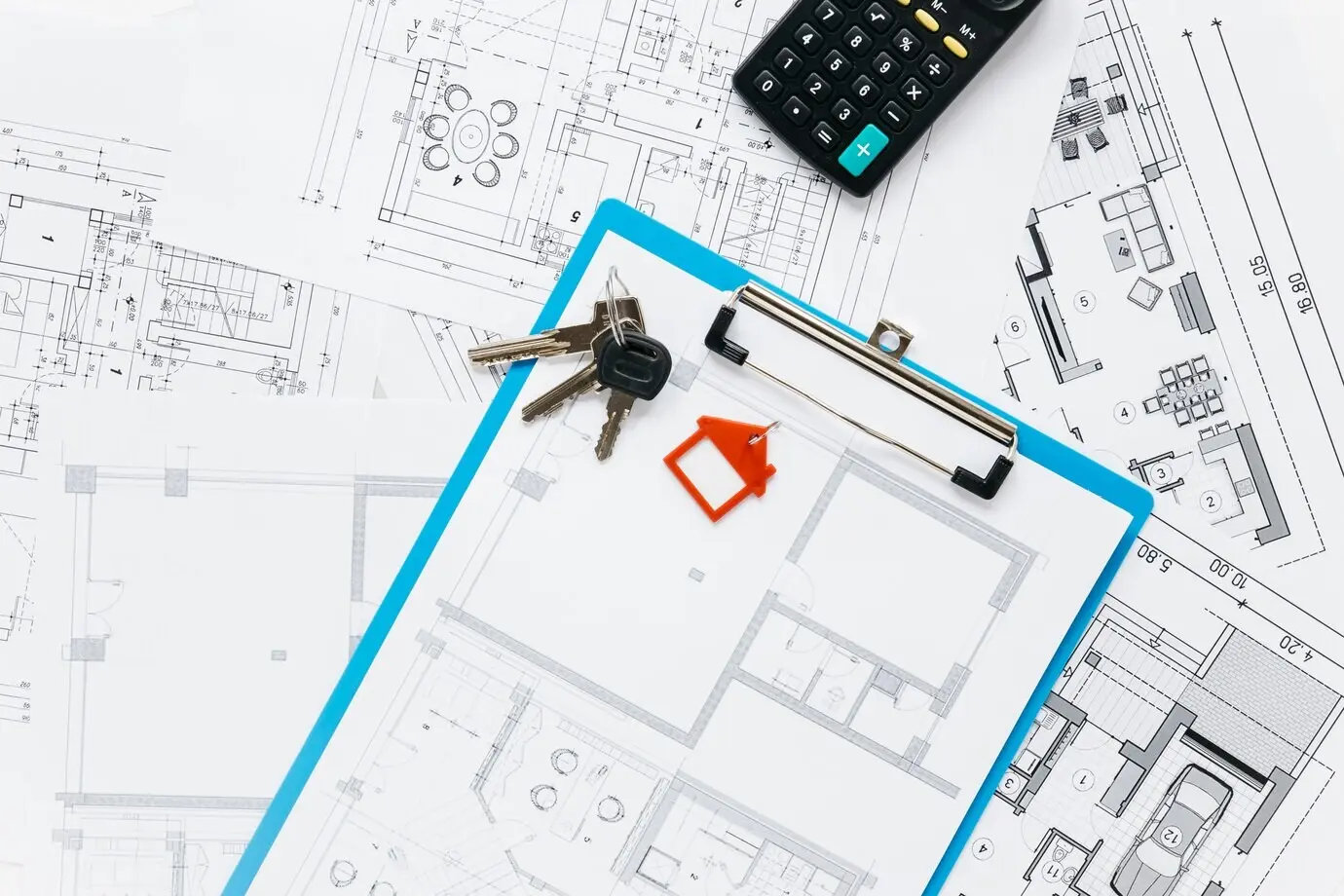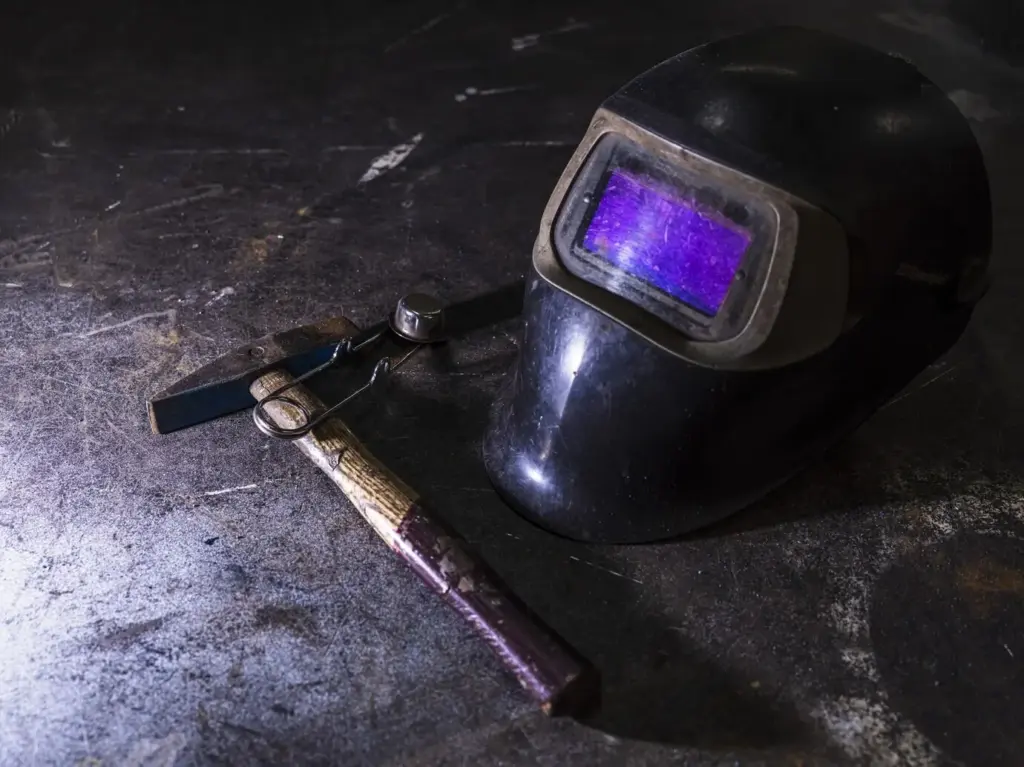Designing Healthier, Greener Offices with LEED and WELL


Where Standards Converge: Making Sense of LEED and WELL
Design Moves that Matter: Energy, Air, Light, Materials

Designing for People: Comfort, Equity, and Behavior
Biophilia that Works: Nature You Can Feel and Measure
Movement by Design: Stairs, Routes, and Microbreaks
Nutrition and Mind: Culture Around Food and Focus
From Drawings to Proof: Commissioning and Operations

Enhanced Commissioning and Ongoing Tuning
Policies, Playbooks, and Training That Stick
Post-Occupancy Evaluations and Honest Feedback Loops

Budget Smart: Integrate Early, Spend Where It Matters
Bundle moves that reinforce each other: envelope improvements that reduce mechanical capacity, filtration that pairs with source control, and lighting that boosts productivity while lowering demand. Track costs against avoided equipment, reduced churn, and fewer complaints. Early energy models and health targets prevent wasteful rework, creating space in the budget for WELL testing, biophilia, and acoustic treatments that occupants immediately appreciate.
Linking Health, Productivity, and Measurable Outcomes
Define metrics before move-in: perception scores for air and light, task performance indicators, sick days, and time to focus after interruptions. Compare quarterly baselines, then attribute improvements to specific design and policy changes. Share results widely to sustain momentum. When people do their best work comfortably, the business case writes itself, validating operational spending alongside capital investments that keep delivering dividends.
Risk, Resilience, and Compliance as Strategic Advantages
Upgrading ventilation, filtration, and water quality reduces health risks and supports continuity during disruptions. Efficient systems buffer against energy price volatility. Material transparency and low emissions protect brand trust and future compliance. LEED and WELL create auditable frameworks, simplifying stakeholder reporting and ESG alignment. This risk-aware posture turns a certification journey into practical resilience that safeguards people, reputation, and long-term value.


A Real-World Journey: From Ambition to Dual Certification
Start Here: Tools, Checklists, and Community
Kickoff Toolkit: Charrettes, Baselines, and Gap Analyses
Run a focused charrette to surface goals and constraints, set baseline energy models, and compare existing conditions to WELL performance requirements. Identify easy wins, risky gaps, and documentation needs. Package responsibilities into a shared tracker. With clear owners, deadlines, and quick prototypes, your team builds momentum that survives complexity and keeps everyone aligned on health, efficiency, and long-term operational excellence.
Working with Tenants, Vendors, and Service Partners
Align leases with ventilation control, low-emitting materials, and cleaning standards. Prequalify vendors on filtration, commissioning, and water testing. Share playbooks and training resources so partners contribute reliably. When everyone understands the why behind requirements, coordination improves, costs stabilize, and outcomes are predictable. Collaboration turns LEED and WELL goals into daily routines that delight occupants while keeping building performance steadily on track.

